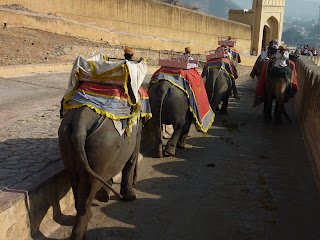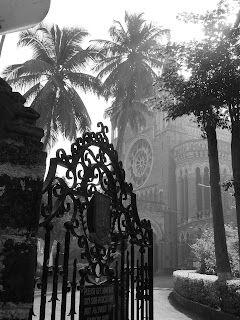With its Indo-Aryan architecture, the Jagdish Temple is the largest and most venerated Vishnu temple, not only in Udaipur, Rajasthan but in all of northern India. Its intricate carvings are worth noting as they outline the important stages of reincarnation.
The idea behind reincarnation is that as you are reborn and enter a new life cycle, you are put into a certain caste that reflects the actions and behaviour of your previous life. Basically, doing good deeds will reward you in the end, what goes around comes around, that's karma for ya dawg.
From the bottom sculptings do we find the demons, the lowliest of the bunch. Higher up are the animals, from elephants to horses. Then come the humans (and within this, another caste system) and finally, the angels, or as I like to call them, the dancing spirits (because life is one big dance party, isn't?).
Makes you wonder, what good deeds will get you into the dance party?
And just in case you forget where Octopussy was filmed, don't worry, the city will remind you.












































